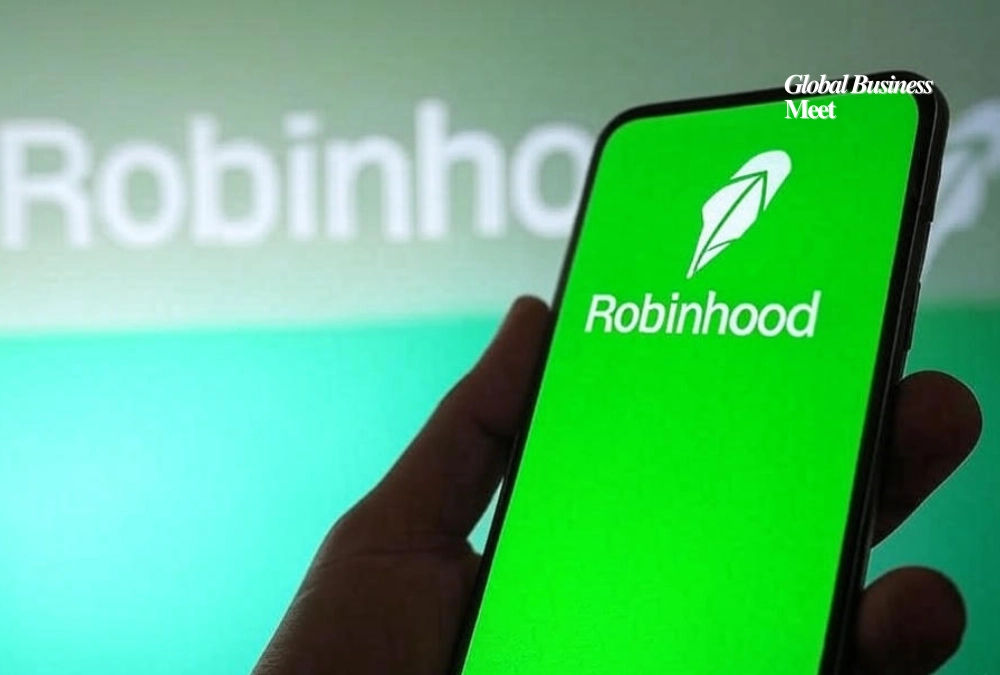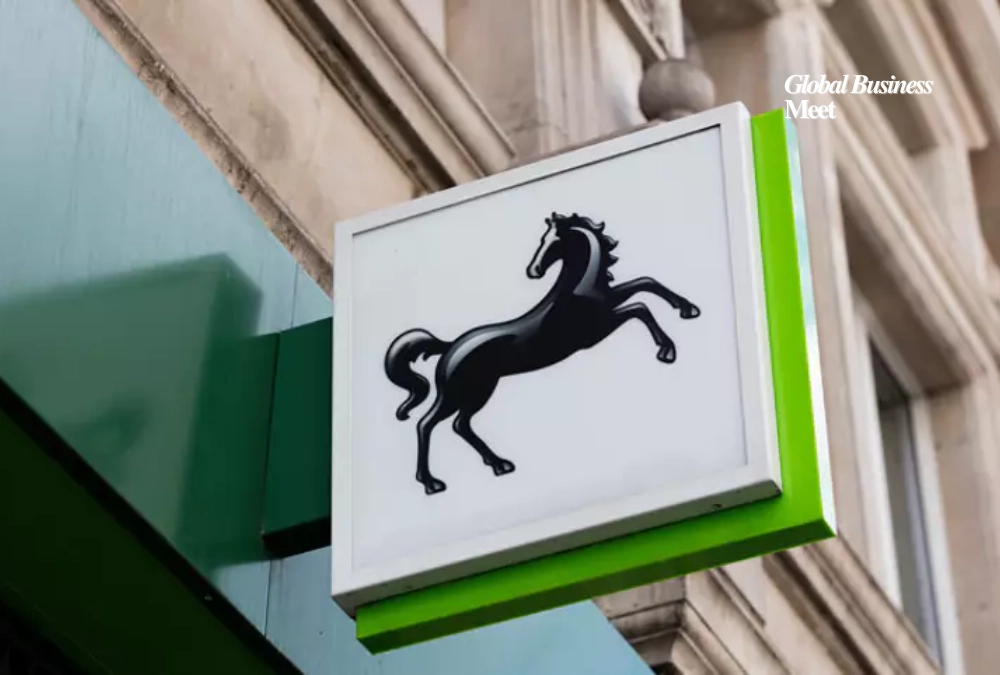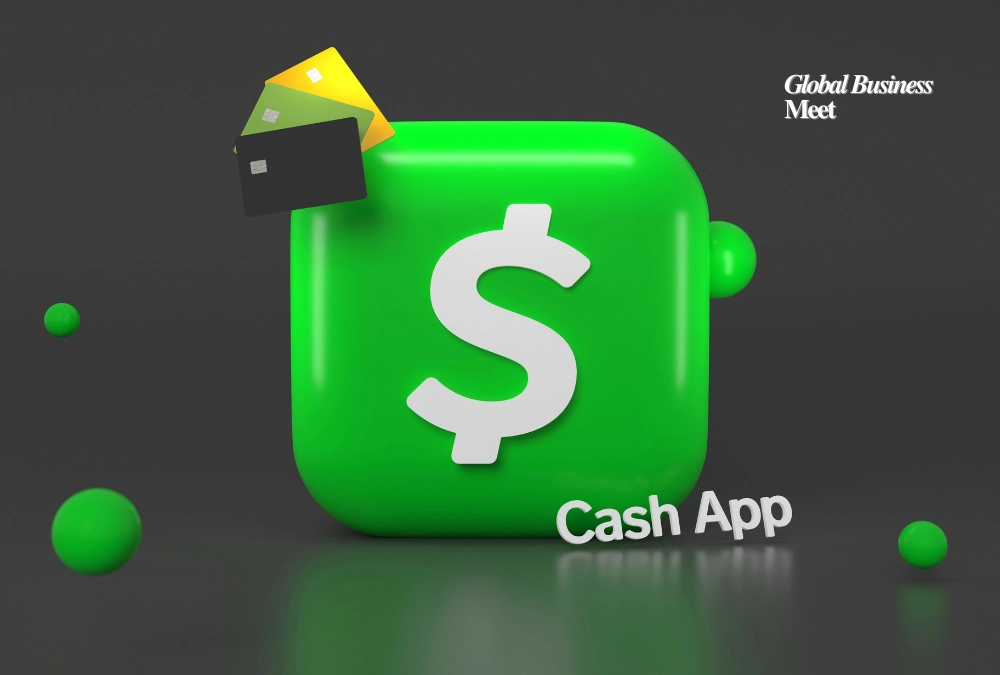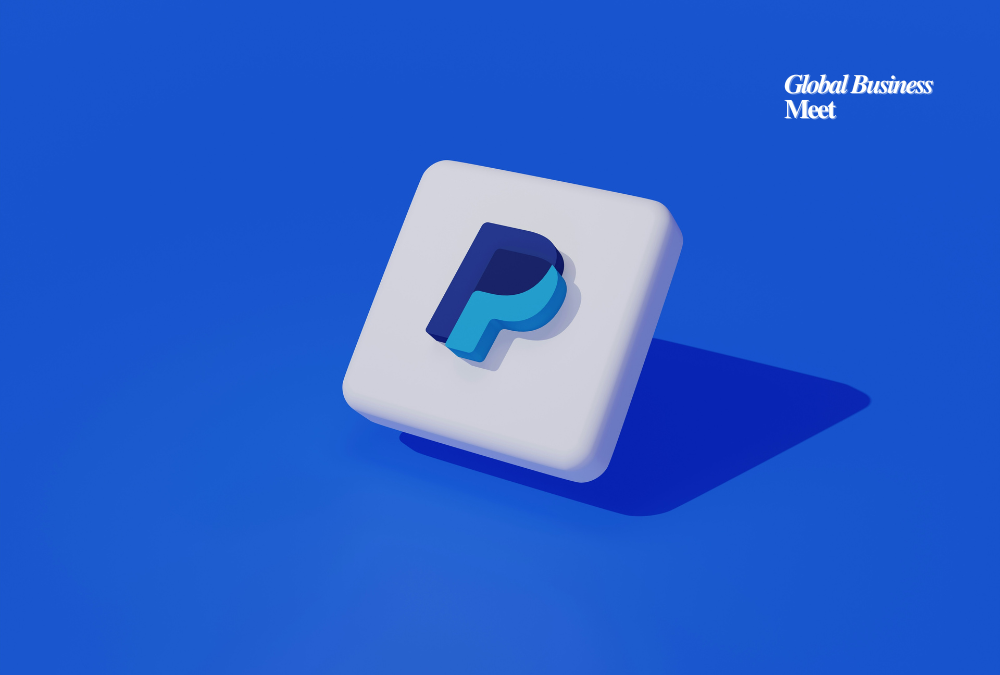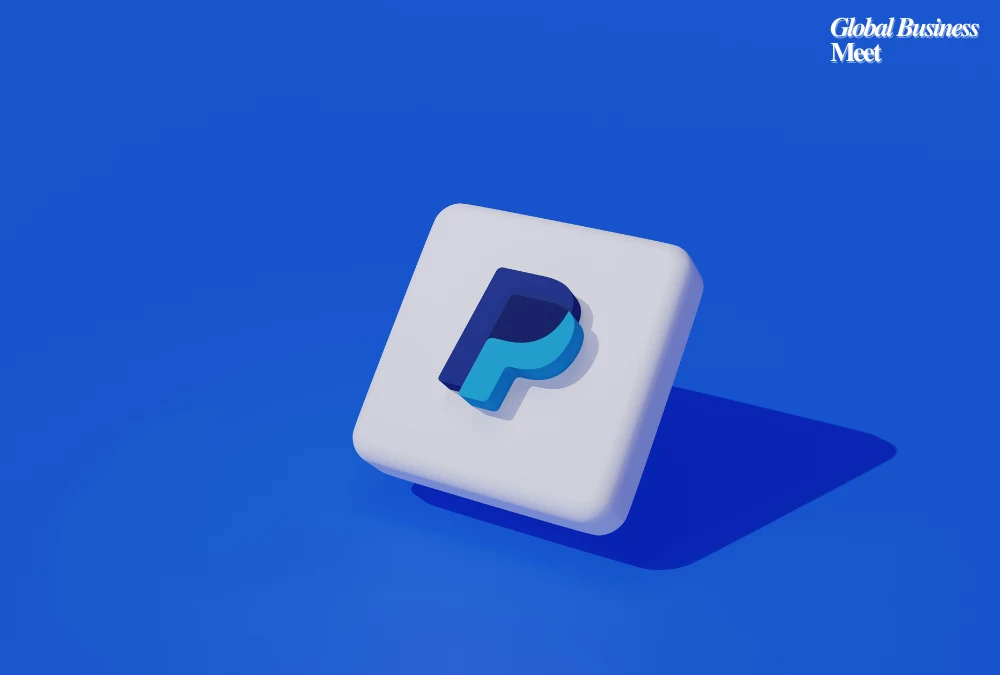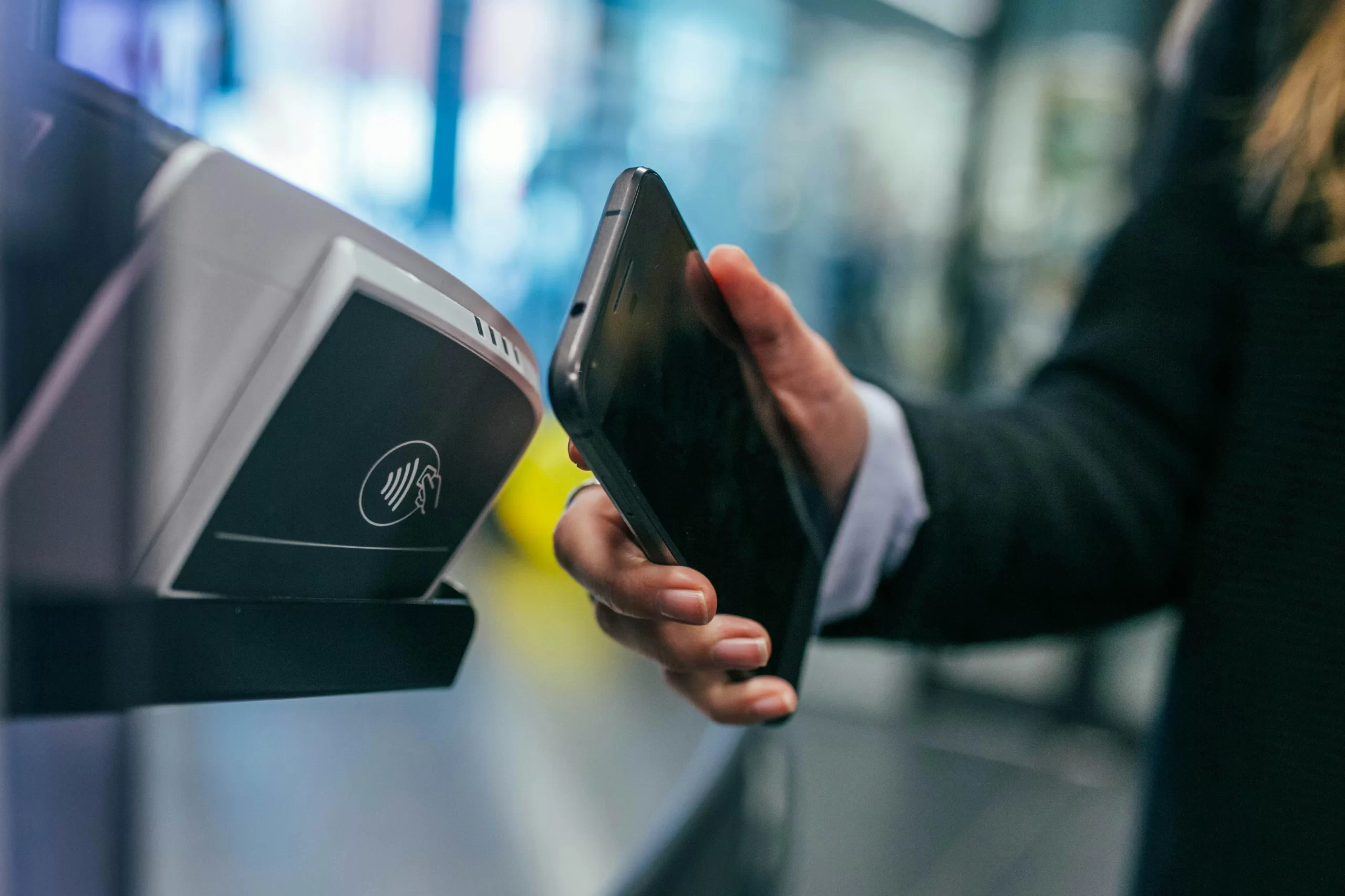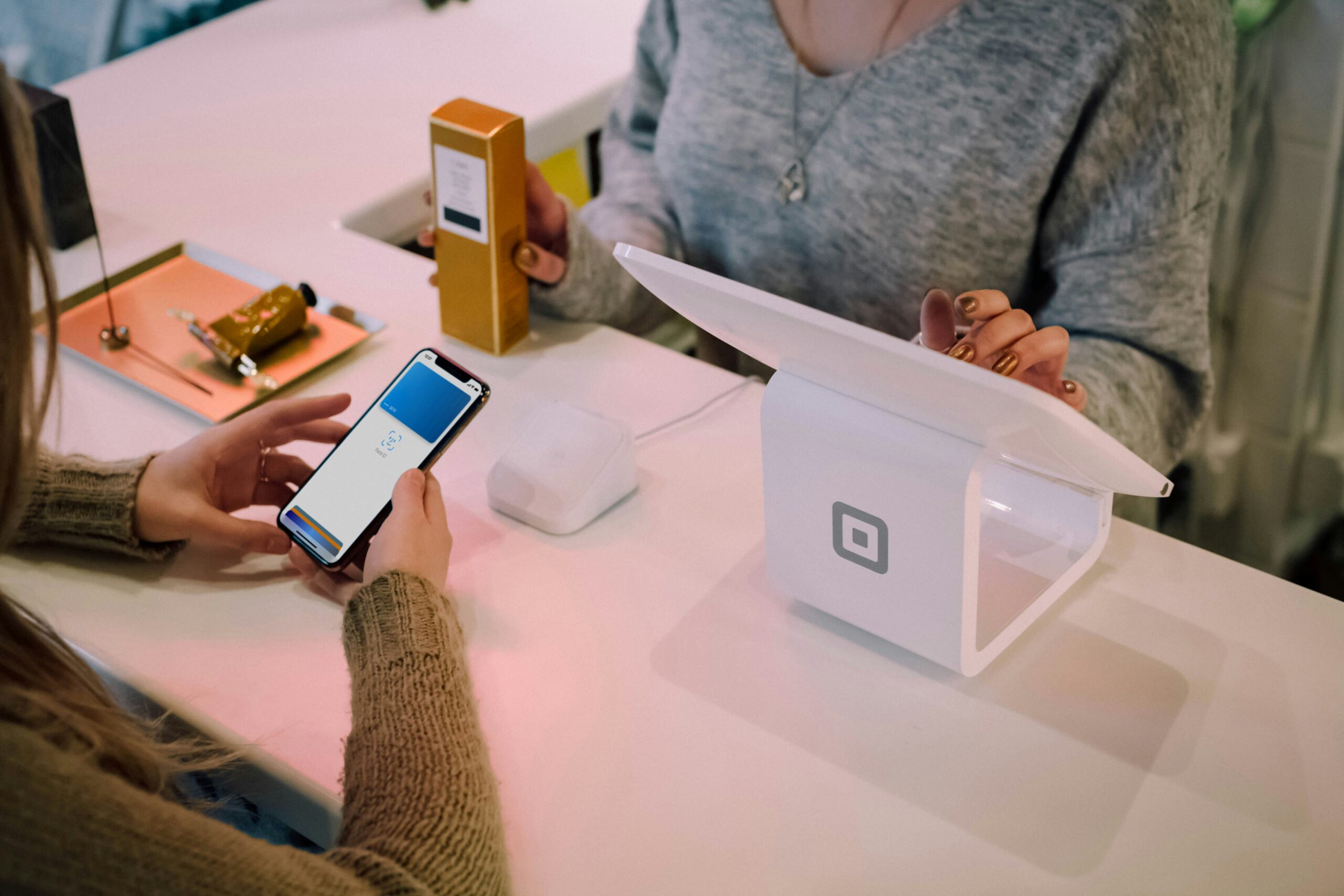
By handling more than $1 trillion in cumulative payment volumes during 2024, Zelle, the banking-owned peer-to-peer (P2P) payment platform, hit a big milestone. Such remarkable success measures Zelle’s explosive growth and dominance in mobile payments as the sector outstrips rivals including PayPal and subsidiary Venmo.
Zelle was created in 2017 as a safe and easy end-to-end instant money transfer product by Early Warning Services, a cooperative of seven major U.S. banks such as JPMorgan Chase, Bank of America, and Wells Fargo. Zelle makes it easy to send and receive money for its users without the need to download an app by integrating itself into the mobile banking apps of the participating institutions.
The network’s impressive growth is reflected in its 2024 performance metrics. The number of enrolled Zelle consumer and small business accounts grew from 135 million in 2023 to 151 million, a 12% growth. With 3.6 billion transactions, up 25% from the previous year, the number of transactions also grew significantly. For the first time, the total amount of money moved through the network was over $1 trillion, up 27%.
Zelle’s rapid expansion is owing to a number of factors. One of its strongest selling points is the convenience of the current bank apps, so there is no need to download and configure extra services. Even people who might otherwise resent the use of standalone payment apps find themselves drawn to simplicity. The backing of leading banks also brings security and assurance, which increases utilization even more. On the other hand, PayPal’s P2P volumes were over $400 billion in 2024, short of Zelle’s own target of $1 trillion but big nonetheless. The gap shows Zelle’s competitive advantage, especially in its banking-centric approach and emphasis on real-time payments. Lastly, Zelle’s emphasis on credit union and community bank relationships has also served to significantly extend its coverage, particularly among rural communities and ethnic minority banking hubs where the availability of financial services may be limited. The fact that it is used across a variety of payment scenarios only serves to underscore its popularity.
In the fourth quarter of 2024, over 23 million consumers, or nearly one-quarter of Zelle users, used Zelle to pay small businesses. Zelle is used more and more as a business payment option, and it can be a helpful tool for business and personal money transactions. Digital payments have a high security score. Since 95% of the payment done in 2023 went through without any detected fraud or scam, Zelle has increased its security features. Furthermore, despite a 28% jump in the transaction volume, the number of frauds and scams were 50% lower this year than in the previous one. All these are indicators that Zelle is taking to prevent its users from having any form of security concern while using it. The market environment for P2P payment platforms is continually changing. Its intelligent compatibility with leading financial platforms, which gives clients a home and comfortable environment to conduct their business, is the reason Zelle has grown quickly and surpassed deeper competitors like PayPal. As web payments continue to occupy center stage, companies prioritizing convenience to customers, safety, and fluid integration will be well positioned to reign supreme over the day-to-day money environment.
Simply put, Zelle’s success of handing over $1 trillion of payments in 2024 represents a sea change in the digital payments history. With its fast growth, savvy bank partnerships, and emphasis on security, Zelle is perfectly poised to dominate P2P payments. Given that consumption patterns are increasingly shifting toward digital avenues, the business model of Zelle gives us an insight into the determinants of customers’ acceptance and trust in financial technology.



